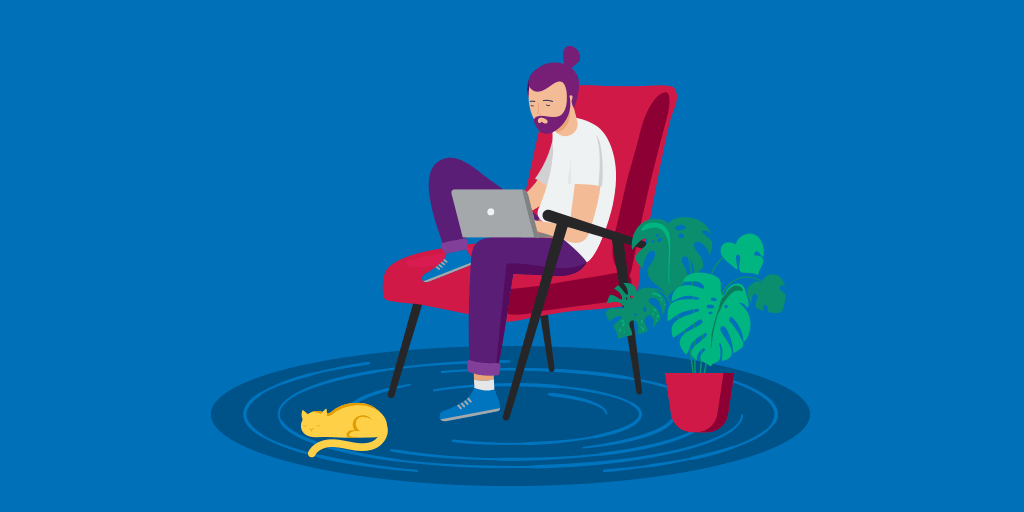A recent report found that over 72% of employees currently work one day at home, with 56% working from home three or more days a week.
The Workspace of the Future report looked into technology in office workspaces by surveying more than 1,000 UK office workers. It was run by Clevertouch, a touchscreen developer for education and businesses. The report goes on to state that 57% of employees highly value flexible working, with this figure rising to 92% amongst millennials, who consider flexible working as a top priority. The development of technology in the modern workplace is considered to be the main cause of the trend in favour of flexible working, with communication between employees working from separate locations easier than ever.
Remote Working – Is It Right For My Business?
For some businesses, homeworking simply isn’t an option due to the nature of the work. However, in most modern offices, remote working can be considered as an option under the right circumstances. Larger businesses will tend to have at least a few remote workers already out in the field, for smaller companies the risk can be seen as slightly greater. Some of the benefits of having remote workers in a small business include:
- Less employees in the office and therefore less office space required
- Reduced turnover of employees
- Staff become more motivated and productive
To ensure maximum efficiency with remote workers it is important to:
- Have a remote working policy in place
- Train your staff properly in all plans and procedures
- Use and provide technology to communicate with the worker(s)
- Use a mobile management system: An app or system which allows you to store data in the cloud, monitor device related to work activities, and essentially keep track of the work that is being done on mobile devices.
- Monitor work flow via analytics (such as Google Analytics) to track progress of key targets: If the remote worker is a salesperson, this allows you to track amount of sales made in a day, or amount of leads gained by a marketer, etc.
- Implement quality monitoring (for when content of any kind is being produced) and call recording (when the remote worker is making/receiving calls from clients).
We’re Here To Help
If you would like help drafting a remote working policy or you require further information on homeworking for your employees, please contact one of our employment law consultants on 0808 145 3490
Related resources
Categories
- Business Advice
- Culture & Performance
- Disciplinary & Grievances
- Dismissals & Conduct
- Employee Conduct
- Employment Contracts and Documentation
- Employment Law
- Employment Rights Bill
- End of Contract
- Equality & Discrimination
- Health & Safety
- Hiring and Managing
- Leave & Absence
- Managing Health & Safety
- Moving
- Occupational Health
- Pay & Benefits
- Recruitment
- Risk & Welfare




